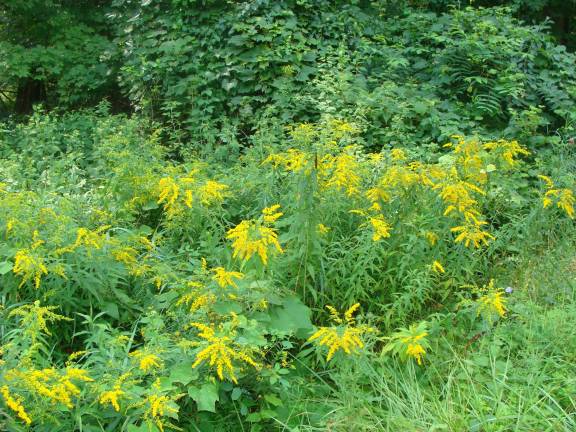Ragweed in peak season
Vernon. Ragweed is back in town in full force to irritate allergy sufferers.

Much to the chagrin of allergy sufferers, ragweed is back in town in full force.
According to the Asthma and Allergy Foundation of America as many as 23 million people in the United States are affected by ragweed. There are 17 varieties of ragweed that grow in every state except Alaska. Amazingly, one ragweed plant can release one billion pollen grains, that cause allergic reactions as well as propagate more ragweed plants.
Allergy symptoms occur in late summer, early autumn usually with itchy eyes, nose and throat, puffy eyes, runny or stuffy nose, sneezing and sleep difficulties. Another amazing fact from the Foundation is that ragweed pollen is found 400 miles out at sea and two miles up in the air.
According to medicalnewstoday.com, ragweed allergy sufferers can also have allergic reactions to certain foods because these foods contain similar pollen to ragweed. This is called Oral Allergy Syndrome. Foods in allergic question could be bananas, cantaloupes, chamomile tea, cucumbers, honey, sunflower seeds and zucchini.
Currently, there is no cure for seasonal allergies, namely, ragweed. Some avoidance tips can ease seasonal allergy distress.
Washing bedding in warm, soapy water every week. Checking pollen counts daily and limiting outdoor activity can help when counts are high. Shampoo pets regularly. Change clothes and shower when levels are high. Take allergy medications including eye drops and nasal sprays. And also keep windows closed when driving and at home.
Ragweed’s fine powder pollen is out there and will be with us from late July until November. The cold winters offer relief but the herbicide resistant plant will always be back when late summer arrives.